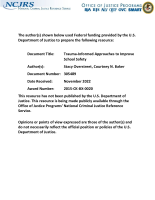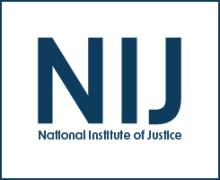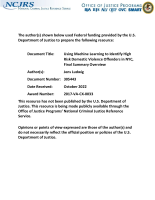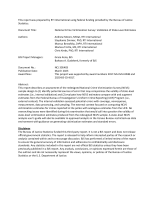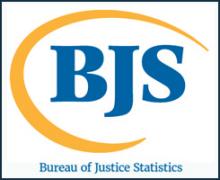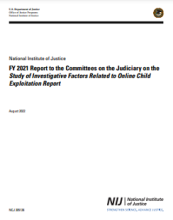Victimization
Profiles of Adolescent Relationship Abuse and Sexual Harassment: a Latent Class Analysis
Using Machine Learning to Identify High Risk Domestic Violence Offenders in NYC, Final Summary Overview
Criminal Victimization in the 22 Largest U.S. States, 2017–2019
Daily Reports of Aggressive Behaviors in Interpersonal Conflicts
Correlates of the victim–offender overlap based on daily conflict-Level data from digital diaries
Carjacking Victimization, 1995-2021
BJS Releases Carjacking Victimization, 1995-2021
BJS Releases Carjacking Victimization, 1995-2021
WASHINGTON — The Bureau of Justice Statistics (BJS), a division of the Department of Justice’s Office of Justice Programs, today released Carjacking Victimization, 1995–2021.
This brief report presents findings on nonfatal carjacking victimization from 1995 to 2021, based on data from BJS’s National Crime Victimization Survey. The report shows trend estimates of nonfatal...



